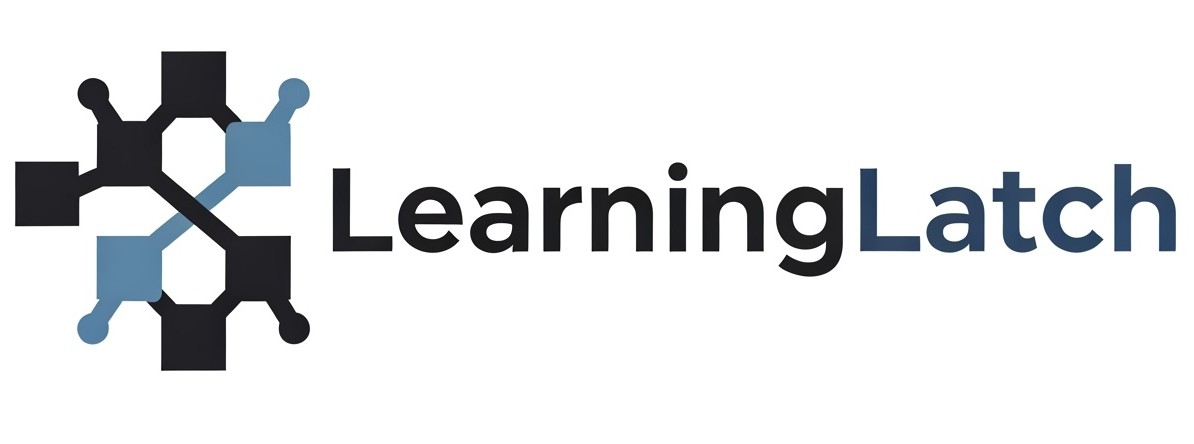Education: The Other Global Emergency

While global attention is often captured by immediate crises like pandemics, conflicts, and climate change, a less visible but equally devastating emergency persists: the global education crisis. This “other” global emergency, as it has been termed, refers to the systemic challenges hindering access to quality education for millions of children and youth worldwide. Beyond individual impacts, this crisis undermines societal progress, economic development, and global stability. This paper will explore the multifaceted nature of this emergency, examining its key dimensions, driving factors, and potential future directions.
Dimensions of the Global Education Emergency
The global education emergency manifests in several interconnected dimensions:
The Learning Crisis: Simply attending school is not enough; learning must actually occur. Globally, a staggering number of children are in “learning poverty,” meaning they are unable to read and understand a simple text by age 10 (World Bank, 2022). This learning crisis is evident even in developed nations and is exacerbated in low- and middle-income countries where foundational skills are often lacking. This lack of basic literacy and numeracy skills severely limits future opportunities and perpetuates cycles of poverty.
Access and Equity Gaps: Significant disparities persist in access to education based on factors like gender, poverty, location (rural vs. urban), disability, and conflict. Girls in many regions, particularly in conflict zones, are disproportionately excluded from education (UNICEF, 2023). Children from marginalized communities, including those with disabilities and those living in poverty, also face systemic barriers to enrollment and completion of schooling. These equity gaps not only violate fundamental human rights but also hinder overall societal development by leaving vast potential untapped.
Impact of Crises and Emergencies: Global shocks, such as the COVID-19 pandemic, climate-related disasters, and armed conflicts, have dramatically disrupted education systems worldwide. The COVID-19 pandemic led to unprecedented school closures, impacting learning for over 1.6 billion learners (UNESCO, 2020). Conflicts and displacement further exacerbate educational disruptions, forcing children out of school and into precarious situations. These emergencies not only interrupt learning but also have long-term consequences for educational attainment and future prospects.
Funding Gaps: A persistent lack of adequate funding for education is a major driver of the global education emergency. Many countries, particularly low-income nations, struggle to allocate sufficient resources to education, leading to overcrowded classrooms, under-resourced schools, and a shortage of qualified teachers (Global Partnership for Education, 2024). International aid for education, while crucial, often falls short of meeting the immense needs. This chronic underfunding limits the capacity of education systems to deliver quality education to all.
Driving Factors and Challenges
Several interconnected factors contribute to the global education emergency:
Poverty and Inequality: Poverty is a fundamental barrier to education. Families living in poverty may struggle to afford school fees, uniforms, and learning materials, and children may be forced into child labor to contribute to household income. Deep-rooted societal inequalities based on gender, ethnicity, and social status further compound these challenges.
Conflict and Instability: Armed conflicts and political instability directly destroy schools, displace populations, and disrupt education systems. Education is often a casualty of conflict, and in turn, lack of education can contribute to further instability and fragility.
Weak Education Systems: Many countries face systemic challenges within their education systems, including weak governance, lack of accountability, inadequate teacher training and support, and outdated curricula. These systemic weaknesses hinder the delivery of quality education even when resources are available.
Lack of Political Prioritization: Despite the recognized importance of education for development, it often does not receive the political prioritization and sustained commitment needed to address the scale of the crisis. Education may be overshadowed by more immediate concerns, and long-term investments in education may be neglected.
Future Directions and Potential Solutions
Addressing the global education emergency requires a multi-faceted and sustained effort:
Increased and Equitable Funding: Significantly increasing domestic and international funding for education is paramount. Resources must be allocated equitably, prioritizing marginalized populations and under-resourced regions. Innovative financing mechanisms and greater efficiency in education spending are also needed.
Focus on Learning Outcomes: Shifting the focus from mere enrollment to actual learning outcomes is crucial. Education systems must prioritize foundational skills development, improve teaching quality, and implement effective assessment and remediation strategies to address learning poverty.
Strengthening Education Systems: Building resilient and effective education systems requires investments in teacher training and professional development, curriculum reform, improved data systems, and stronger governance and accountability mechanisms.
Leveraging Technology for Equity and Access: Technology can be a powerful tool to expand access to education, personalize learning, and improve educational quality, particularly for marginalized communities. However, technology must be deployed equitably, addressing the digital divide and ensuring that it serves to enhance, not replace, human interaction in learning.
Education in Emergencies: Strengthening education in emergencies responses is critical to ensure that education continues even during crises. This includes preparedness planning, flexible and adaptable education delivery models, and psychosocial support for affected learners and educators.
Global Collaboration and Partnerships: Addressing the global education emergency requires strong international collaboration and partnerships. Governments, international organizations, civil society, the private sector, and communities must work together to mobilize resources, share best practices, and advocate for education as a global priority.
The global education emergency is a complex and multifaceted crisis with profound implications for individuals and societies worldwide. Addressing this emergency is not only a moral imperative but also essential for achieving sustainable development, peace, and prosperity. By recognizing the scale and urgency of this “other” global emergency, and by committing to increased investment, systemic reforms, and collaborative action, we can work towards a future where quality education is a reality for every child and young person, unlocking their potential and building a more equitable and sustainable world.
References
- Global Partnership for Education. (2024). Financing. Retrieved from https://www.globalpartnership.org/
- The UNESCO courier a special issue. Education: the other global emergency Retrieved from https://unesdoc.unesco.org/ark:/48223/pf0000179481?posInSet=1&queryId=d131b17e-d217-4ec3-b798-28f339c161ad

